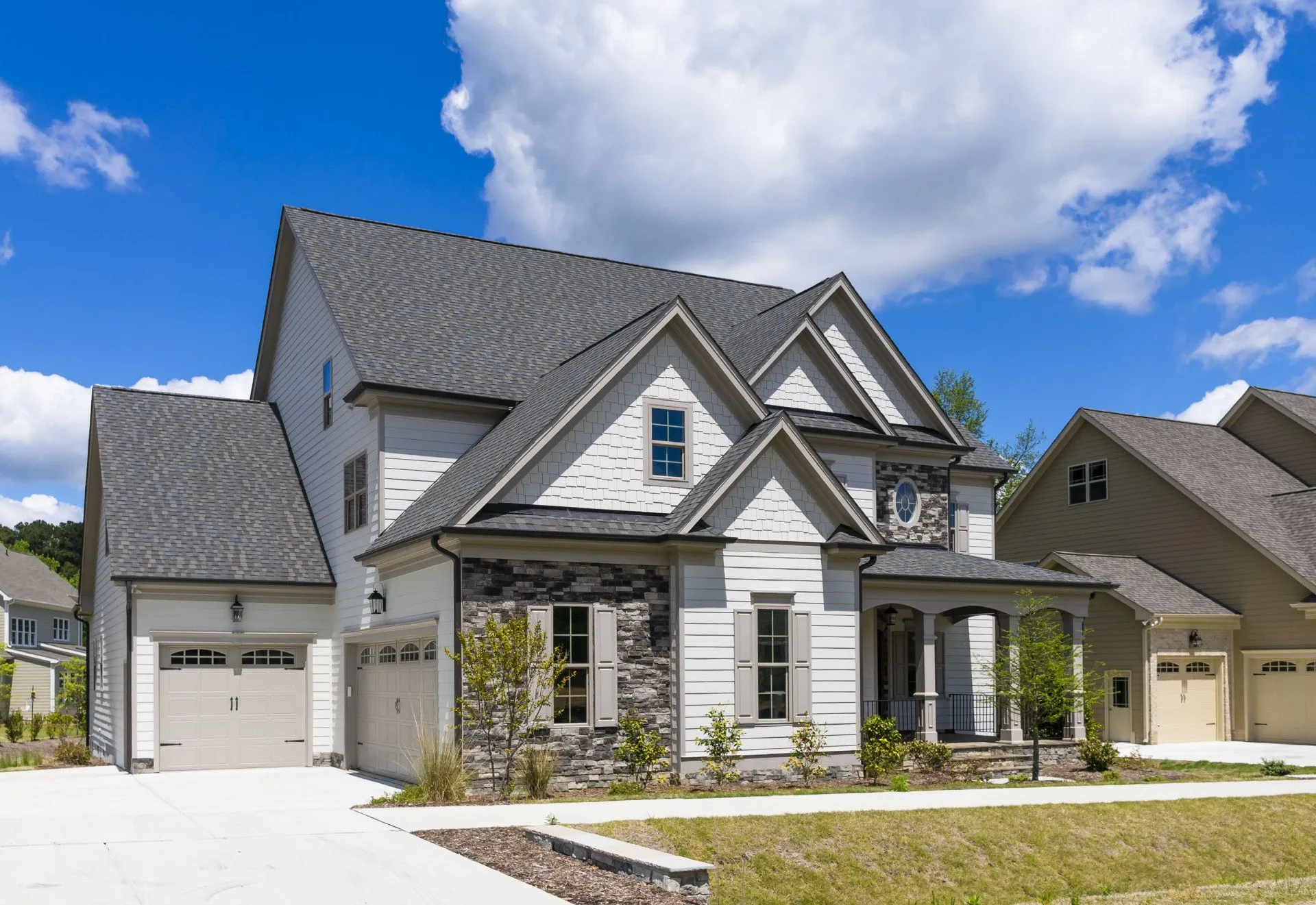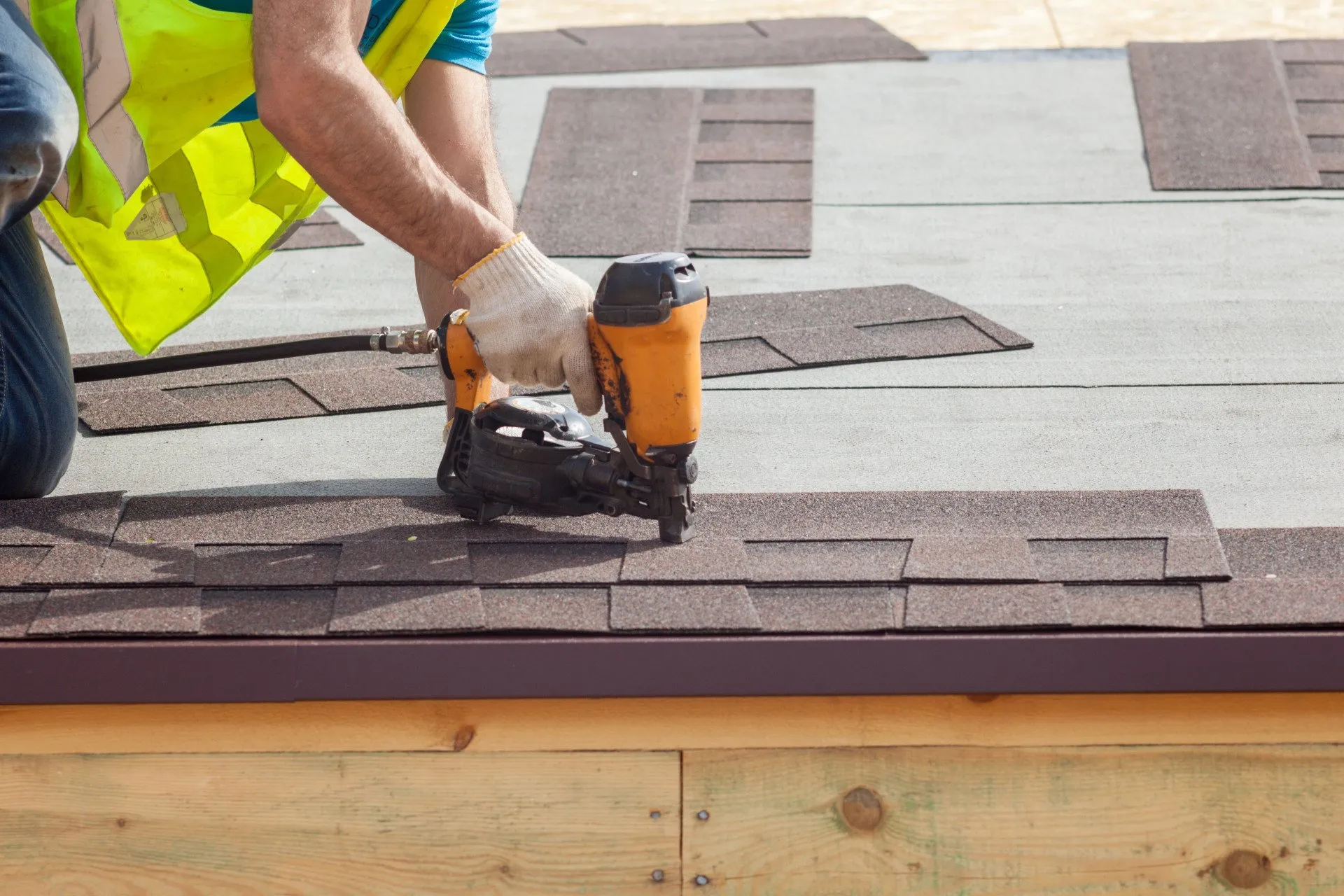Your roof may sustain wear and tear from many factors, such as age and UV exposure. However, weather can also influence the state of the structure, affecting its integrity. Heavy rain, strong winds, and excess moisture can ruin a roof, and it’s essential to understand how, so you can call the right professionals for repairs. Let’s find out about the weather conditions that could damage the top of your home.
1. Strong Winds
A new roof probably won’t suffer much, even from the fastest winds. However, the top layer will become more susceptible to damage as time passes. Glue, staples, and other bonding agents expire, particularly affecting asphalt shingles. A strong wind will pull the material up and possibly blow it away. It may even cause whole shingles to come off, even if they were perfectly installed in the first place. While it’s not a huge emergency, you must consider calling a roofing company as soon as possible because shingles serve an essential purpose. They protect the other roofing components from moisture, so the rest of your house won’t be affected. Additionally, blown-off shingles may leave cracks and holes in your roof, which will cause actual leaks.
2. Heavy Rain
Obviously, one of the most significant weather events that will damage a subpar roof is heavy rain. It’s crucial never to underestimate how much damage water can cause. Leaks are only one problem. You could have flooding that affects your home and the foundation. Furthermore, rainfall can seep through the wood, creating moisture-related problems that are difficult to notice until they compromise your home’s structure.
Most houses in America are made with wooden planks and similar elements, which means they’re susceptible to rotting, mold and mildew, algae in shingles, pooling water, etc. Sometimes, heavy rain may even cause weeds to obstruct gutters, a vital part of your roofing structure. Therefore, you must understand how old your roof is and its condition to avoid significant issues.
Call a professional as soon as you see something wrong. According to Roofing Contractor Magazine, more than five million roofs are installed annually, and it’s much better to invest in a new structure than to try to fix the damage from a severe weather event. On the other hand, home insurance may cover some situations. However, it’s hard to be sure as it’ll depend on the extent of the damage and your coverage.
3. Hail Storms
This weather event is dangerous, and the damage to your roof and the rest of your property will depend on the size of the hailstones. Some regions have experienced extreme situations. After a hailstorm, you can expect dents and granule loss on your asphalt shingles. You may not have any problems with a metal roof, but it’s still worth calling someone for an inspection. You can never be too safe.
4. Snow and Ice
You may not have to deal with these problems if you live in the South, but homeowners in the North need to know that snow and ice can damage a roof just like any heavy storm. It’s usually not a big problem when the temperatures remain low, but some people may notice issues once the ice thaws during spring.
Water is a problem for roofs, but another major issue is ice dams, which occur when water, ice, and snow gather on the edge to create icicles. These are hazardous because you never know when they’ll snap off and hurt your foundation or your loved ones. Therefore, people who live in these areas must make a weatherization plan, and it’s a good idea to schedule a roofing company for maintenance as soon as winter passes.
5. Variations in Temperature
Most homeowners need to pay more attention to how temperature fluctuations can affect their property’s components. Roofs are susceptible because they’re constantly exposed. In the summer, the structure receives sunshine constantly, depending on the area, and in the winter, it deals with icy weather. Even without snow or rainfall, the temperature can affect the materials.
Shingles may come off because their glue and fasteners are ruined. The granules may slip away, which can cause discoloration and many other problems. You must get a trusted roofing company to make some repairs. For example, many homeowners replace shingles with other, more durable materials. Fixing or installing a new roof is a substantial but worthwhile investment.
Always schedule maintenance after a harsh weather event and have professionals check things at least once a year. You also should have insurance covering roof repairs in case of hurricanes, tornadoes, and other major disasters. Being prepared is the key, so call Jensen Exteriors today.


